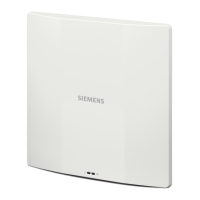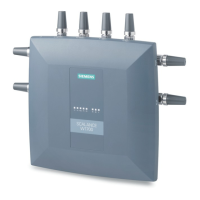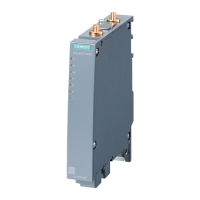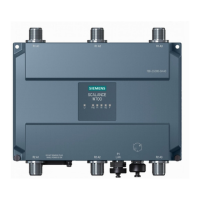SCALANCE W1750D UI
Configuration Manual, 02/2018, C79000-G8976-C451-02
461
Understanding Spectrum Data
Wireless networks operate in environments with electrical and radio frequency devices that
can interfere with network communications. Microwave ovens, cordless phones, and even
adjacent Wi-Fi networks are all potential sources of continuous or intermittent interference.
The spectrum monitor software modules on APs can examine the radio frequency (RF)
environment in which the Wi-Fi network is operating, identify interference, and classify its
sources. An analysis of the results can then be used to quickly isolate issues associated with
packet transmission, channel quality, and traffic congestion caused by contention with other
devices operating in the same band or channel.
Spectrum monitors (SMs) are AP radios that gather spectrum data but do not service clients.
Each SM scans and analyzes the spectrum band used by the SM's radio (2.4 GHz or 5
GHz). An AP radio in hybrid AP mode continues to serve clients as an access point while it
analyzes spectrum analysis data for the channel the radio uses to serve clients. You can
record data for both types of spectrum monitor devices. However, the recorded spectrum is
not reported to the VC. A spectrum alert is sent to the VC when a non-Wi-Fi interference
device is detected.
The spectrum data is collected by each AP spectrum monitor and hybrid AP. The spectrum
data is not reported to the VC. The
link is visible in the UI (Access Point view) only
if you have enabled the Spectrum Monitoring feature.
You can view the following spectrum data in the UI:
● Device List
● Non-Wi-Fi Interferers
● Channel Metrics
● Channel Details
● Spectrum Alerts
The device list consists of a device summary table and channel information for active non-
Wi-Fi devices currently seen by a spectrum monitor or hybrid AP radio.
To view the device list, click
in the dashboard. The following figure shows an
example of the device list details.

